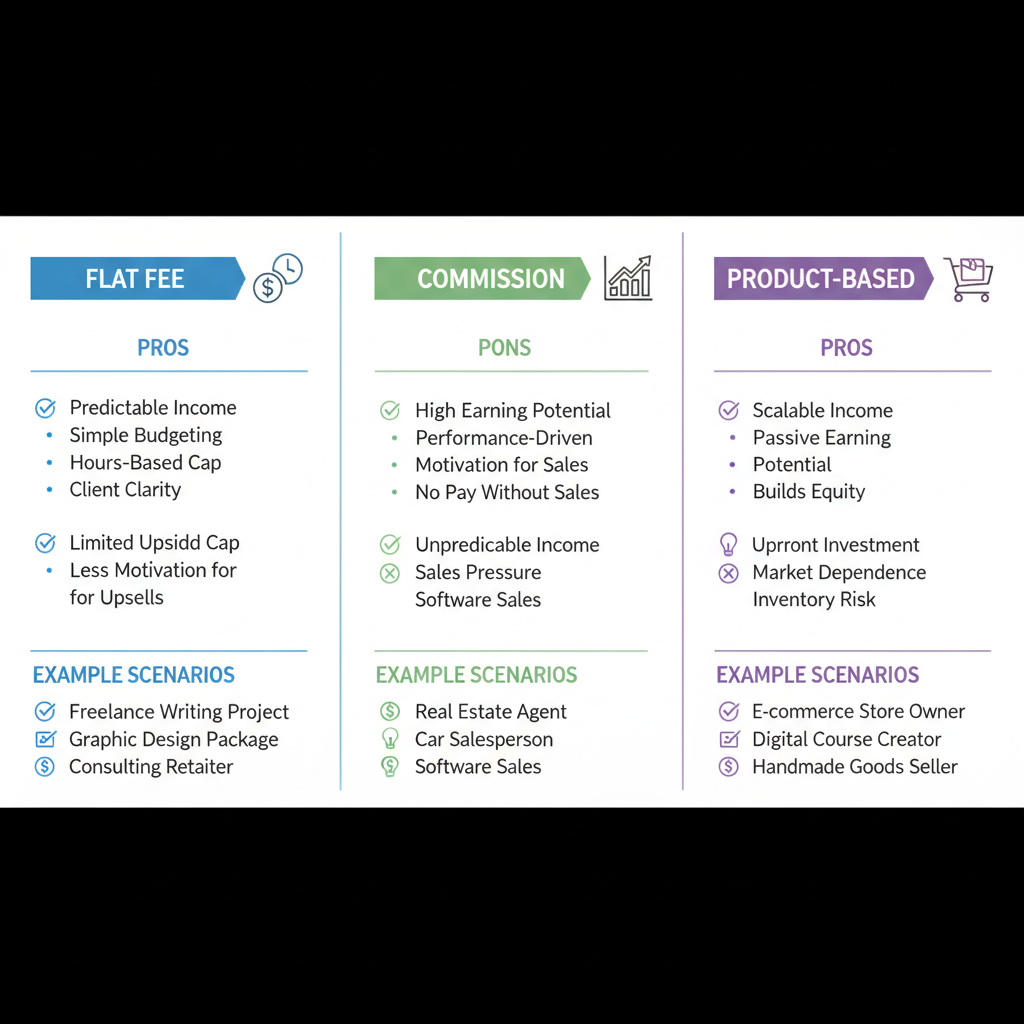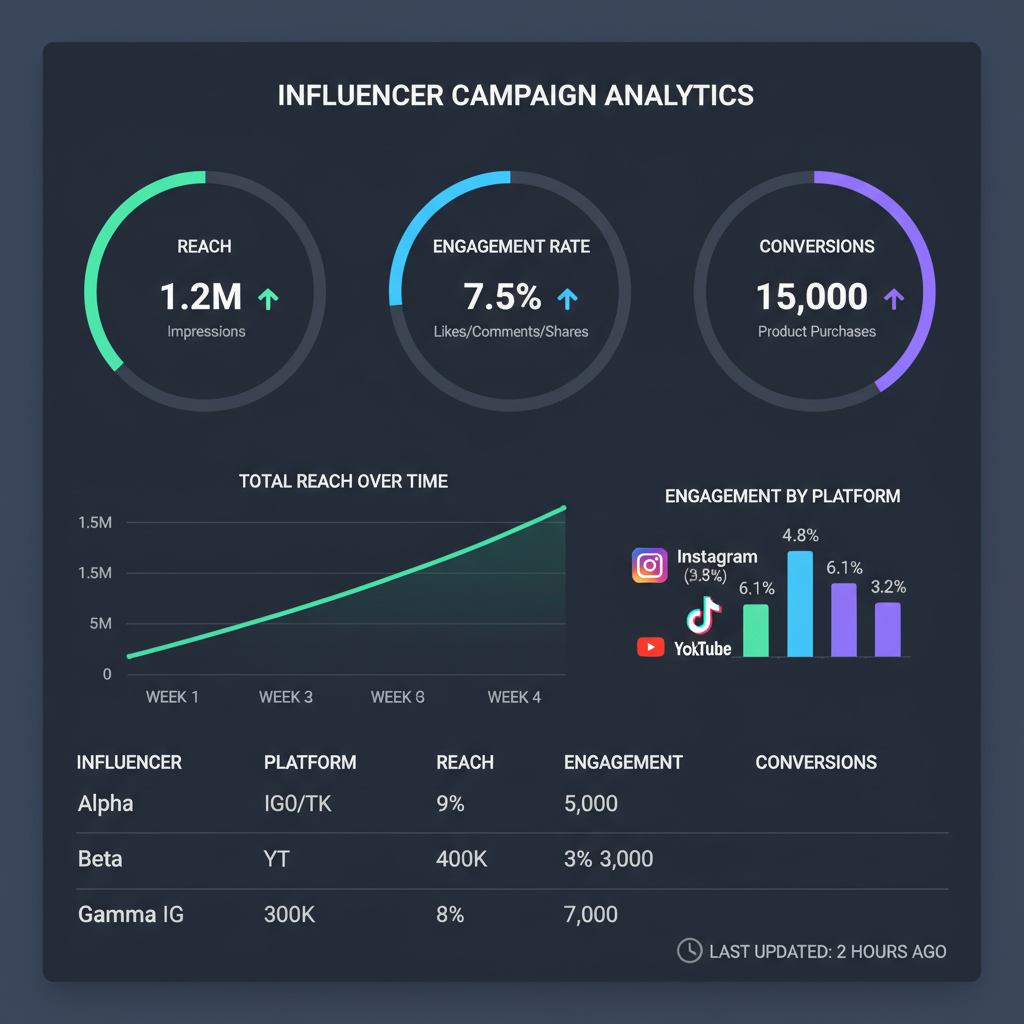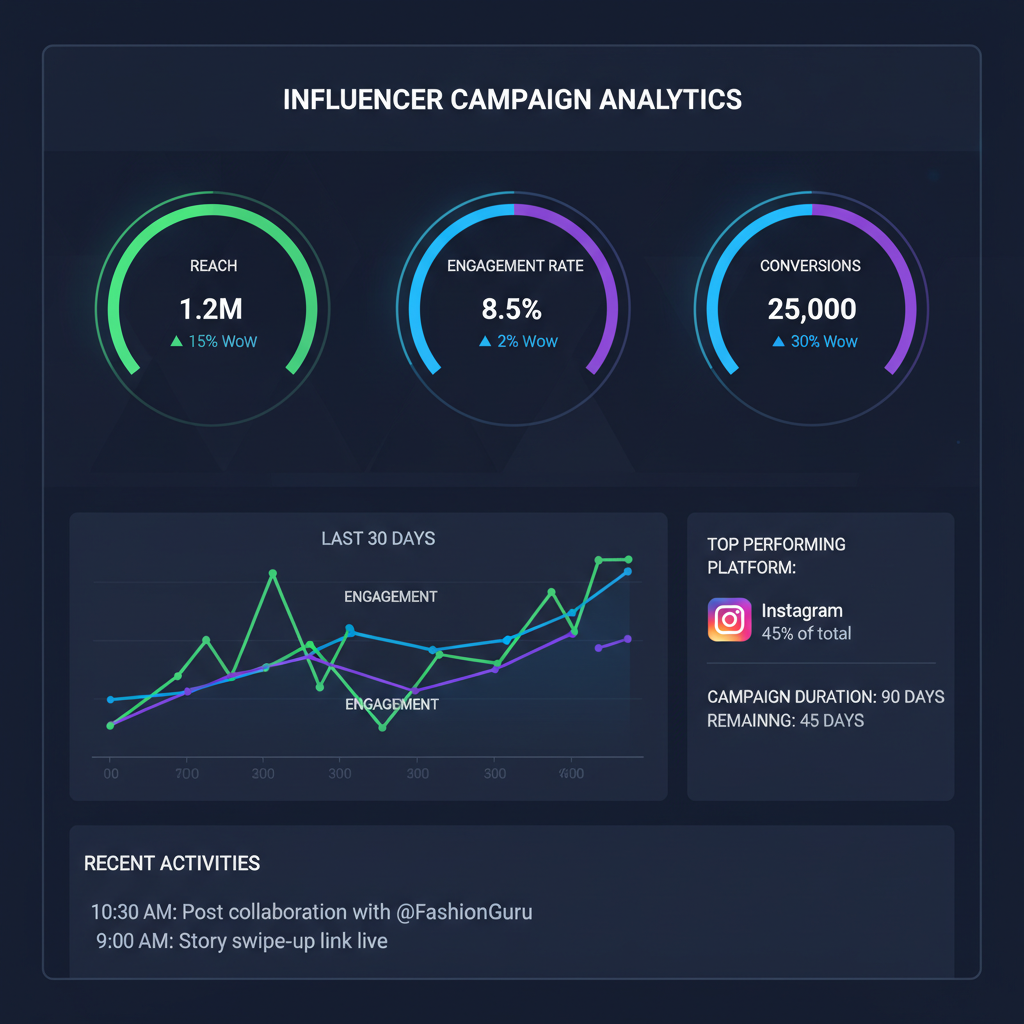How to Pay Influencer to Promote Your Brand Successfully
Learn how to pay influencers effectively with strategies for choosing the right partners, setting goals, negotiating terms, and maximizing ROI.

How to Pay Influencer to Promote Your Brand Successfully
Influencer marketing has rapidly become one of the most effective ways for brands to connect with potential customers in the digital age. If you’ve ever wondered how to pay an influencer to promote your brand successfully, it’s important to realize that it’s far more than simply sending money or free products. A solid strategy involves careful planning, targeted research, fair negotiation, and setting crystal‑clear expectations to ensure your investment drives measurable results.
This guide offers step‑by‑step advice on finding the right influencers, choosing the best payment model, setting performance metrics, and building long‑term partnerships that keep your brand visible and credible.

---
Identify Your Campaign Goals and Target Audience
Before contacting any influencer, clarify your campaign foundation:
- Campaign objectives — Define whether your focus is brand awareness, traffic generation, or direct sales.
- Target audience — Identify demographic details such as age, location, interests, and purchasing patterns.
Clear goals make it easier to select influencers whose followers mirror your ideal customer base. For instance, a sustainable clothing brand will likely see better returns with eco‑friendly lifestyle influencers than mainstream fashion personalities.
---
Research Relevant Influencers Using Niche-Specific Tools
Selecting the right influencer is a mix of data analysis and brand alignment. Avoid judging solely by follower count; relevance often outweighs reach.
Recommended influencer research tools:
- BuzzSumo — Find trending creators aligned with your niche.
- Upfluence — Comprehensive discovery and campaign management.
- Aspire.io — Advanced filters for specific niches.
- Instagram Search & Hashtags — Simple, organic discovery method.
- Google Search & Blogs — Locate long‑form content creators.
These platforms help narrow options to influencers already producing relevant, high‑quality content.
---
Evaluate Influencer Authenticity, Engagement Rate, and Audience Demographics
Influencer impact can vary drastically. Conduct a thorough audit:
- Authenticity — Look for genuine content and real interactions; avoid accounts with spam comments or fake profiles.
- Engagement rate — Calculate `(likes + comments) ÷ followers × 100`. Healthy rates are typically 3–7% for macro accounts, often higher for micro‑influencers.
- Audience demographics — Ensure location, age, and interests match your buyer persona.
| Criteria | Acceptable Range | Notes |
|---|---|---|
| Engagement Rate | 3% - 7% | Higher for micro-influencers |
| Audience Location Match | >70% | Same as target market region |
| Authenticity | High | No suspicious activity |
---
Choose Between Flat Fee, Commission, or Product-Based Payment Models
How you pay an influencer should align with campaign goals and budget:
- Flat Fee — Predetermined payment per campaign or content piece.
- Commission-Based — Payment tied to measurable sales or leads.
- Product-Based — Free products or services instead of cash.
Pros & Cons:
- Flat Fee offers predictable budgeting but might not incentivize extra effort.
- Commission drives performance but requires tracking systems.
- Product-Based is cost‑effective for startups yet may yield varying commitment.
---
Negotiate Terms, Deliverables, Timelines, and Usage Rights
Once you’ve chosen your influencer and payment type, formalize agreements:
- Deliverables — Quantify posts, stories, videos, or blogs required.
- Timelines — Determine posting dates and schedule.
- Content format — Specify image, video, or written post requirements.
- Usage rights — Agree on whether your brand can reuse influencer content in ads or on other channels.
A written contract secures both parties and minimizes misunderstandings.

---
Create a Detailed Brief with Brand Story, Key Messages, and Guidelines
Influencers need clear direction that still respects their creativity. Include:
- Brand story — Origins, core values, and unique selling proposition.
- Key messaging — Taglines, slogans, or mentions required.
- Content guidelines — Tone, style, approved hashtags.
- Dos and don’ts — Prohibited topics, language, or imagery.
Provide assets like logos, product shots, and sample posts for better alignment.
---
Set Measurable KPIs (Reach, Engagement, Conversions)
Measuring effectiveness is impossible without defined KPIs:
- Reach — Total unique views/impressions.
- Engagement — Likes, comments, shares.
- Conversions — Actual purchases, sign‑ups.
- Traffic — Clickthroughs or time spent on landing pages.
Monitor results using Google Analytics, built‑in social insights, or specialist influencer marketing tools.
---
Use Secure Payment Methods and Contracts
Secure transactions protect both brand and influencer:
- Opt for escrow services in digital marketplaces.
- Use trusted channels like PayPal Business, Wise, or bank transfers.
- Always issue a signed agreement specifying terms, deliverables, and dispute procedures.
---
Approve Content Drafts Before Publishing
To safeguard brand image:
- Request pre‑publication drafts.
- Review and provide prompt feedback.
- Confirm FTC‑compliant disclosures such as #ad or #sponsored.
---
Track Campaign Performance with Analytics Tools
Once posts are live, closely track activity:
- Google Analytics — Identify referral traffic and goals.
- UTM Parameters — Attribute traffic to specific campaigns.
- Platform Insights — Review native analytics from Instagram, YouTube, or TikTok.

---
Calculate ROI and Assess Long-Term Collaboration Potential
After campaign completion:
- Calculate ROI by comparing generated revenue to total spend.
- Examine performance metrics against set KPIs.
- Evaluate whether a repeat partnership could enhance brand growth.
---
Build Ongoing Relationships with Top Influencers
The real strength of influencer marketing lies in sustained partnerships:
- Foster trust with consistent collaborations.
- Secure frequent brand presence in targeted online spaces.
- Reduce long‑term costs through loyalty and retention.
An ambassador program can maintain continuous engagement while rewarding influencers through retainers, commissions, or exclusive perks.
---
Summary & Next Steps
Paying influencers effectively is about creating win‑win partnerships driven by mutual respect, clear goals, and measurable outcomes. Whether you choose a flat fee, commission, or product‑based approach, remember—authenticity and a strong audience match are critical.
Start by defining goals, researching and vetting influencers, negotiating clear terms, and tracking performance meticulously. When done right, influencer collaborations can produce powerful relationships, surge brand awareness, and deliver excellent ROI.
Ready to expand your reach? Apply these steps today and watch your influencer campaigns become a cornerstone of your digital marketing strategy.




